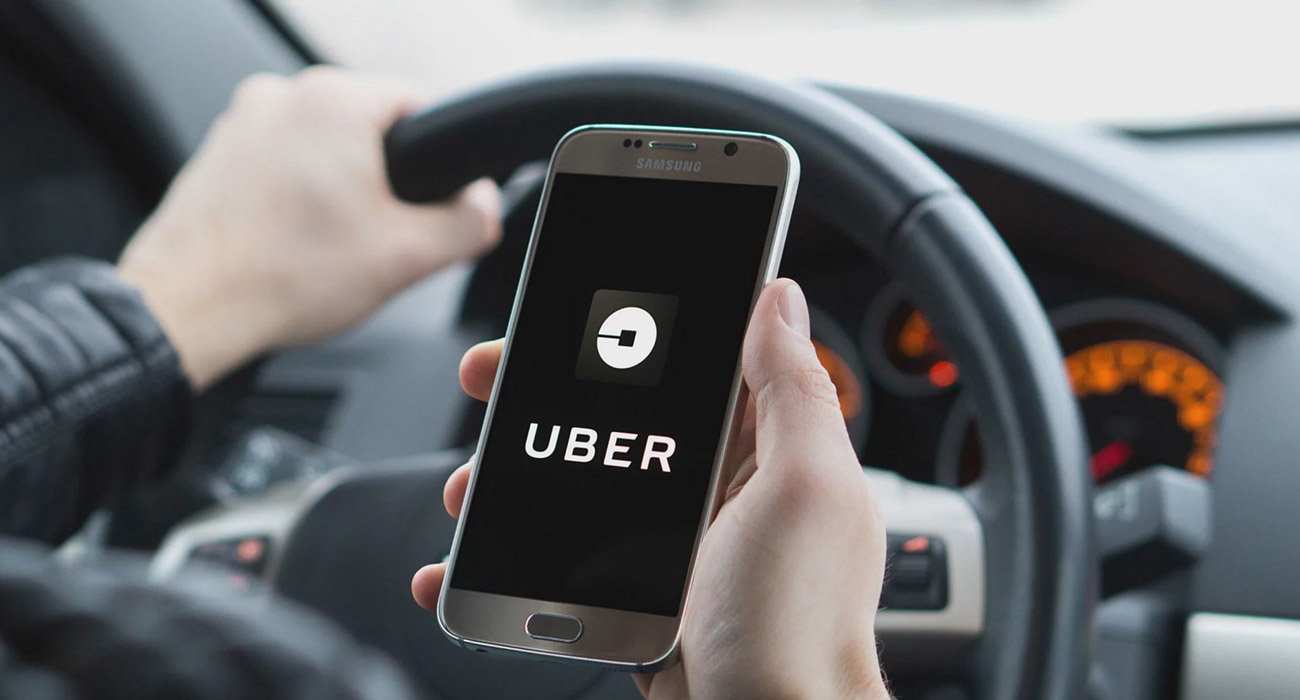With the launch of our new offer - Tangible Change - we’re celebrating the ‘awkward squad’! Disruptors who believe things should be different, that we should change our behaviour and adapt to better ways of doing stuff... Well, we’re celebrating the ones that were right!
Firstly, it’s worth defining what we mean by disruption rather than simple innovation. Innovation usually makes an existing offer better, cheaper or faster, whereas disruption turns an industry on its head by offering customers something that previously didn’t exist. So here are five top tips to disrupt your industry.
1. Find an existing trend and make it better.
Facebook wasn’t the first social media platform (remember ‘MySpace’). But they saw that people wanted an exclusive network, so initially, they only allowed college students… and the rest is history. When you notice a trend starting, leverage it by expanding on it or improving it.
2. Give it away for free.
Many disruptive businesses start out as free services. Skype transformed global voice communication, and you may have never spent anything. Spotify, Facebook? You don’t pay that company a monthly fee unless you’re running ads. Twitter, Google? Imagine if you had to pay for all those searches? Disruptive businesses grow by virtue of their price point: Then they reverse-engineer the business model in order to arrive at profitability.
3. Make complex simple.
No-one likes complexity, so if you can transform a convoluted process, system or method into a simple and seamless experience, you win. Apple did this with computing and PayPal did this with payments.
4. Put customer service at the centre of everything.
I bet you can remember the last time you had great customer service? While dozens of businesses pay lip service to great customer service, only a relatively small number live by it. Take Zappos, for instance, these guys turned an impersonal world of e-commerce into an engaging and human experience. If you can turn an unfriendly industry on its head by injecting awesome customer service into the mix, you’ll bring the entire niche crawling to your door.
5. Go mobile – Duh
The no-brainer is that any industry that hasn’t “gone mobile” is either ready for disruption or death. The reason is that nearly everyone is hooked to a mobile device. People are clearly addicted to their mobiles so if you’re not prepared to take advantage of it then you probably will not disrupt anything unless you can disrupt mobile itself… Now there’s a thought!
Read more: Guide to 12 Disruptive Technology Examples
See more:
Uber has gone from black-car service into a sprawling logistics company pushing for self-driving cars. It seems regulators, their industry and even their drivers don’t like them but users and investors love them. Uber started in 1998 (& will probably end) with Travis Kalanick, who dropped out of UCLA to start a peer-to-peer search engine that would file for bankruptcy after being sued for around $250 billion. Kalanick then goes on to start a similar company which he sells for $23 million in 2008. Then, after hearing about the idea of Uber, Kalanick sets up UberCab in 2009 with 3 other founders, which quickly become a hit in San Francisco even though it cost 1.5 times as much as a conventional black cab.
The following years became a cycle of major investment and board-room reshuffles – all ending with more money and Kalanick sitting at the top while professing that he needs management help. Series A funding closes at $11million (incl $1.25 million from Napster co-founder Shawn Fanning). Series B funding closes at $32million (inc investments from Jeff Bezos and Goldman Sachs). July 2014: Uber enters China after raising a $1.2 billion. China looks like it will eventually become Uber’s biggest market as five out of Uber’s 10 largest cities are in China. Uber then raises $600 million from Chinese search powerhouse Baidu. Integrating Baidu’s mobilesearch and maps apps with Uber.
Uber now also runs:
- Uber pool – car sharing
- UberCARGO – cargo delivery
- Uber Eats – food delivery
- UberRUSH – bicycle delivery
Kalanick has previously mused, “The reason Uber could be expensive is because you’re not just paying for the car – you’re paying for the other dude in the car.” This was after Uber poached 40 staff from Carnegie Mellon University to staff its robotics-research arm building self-driving cars.
Read more: The story of how Travis Kalanick built Uber into the most feared and valuable startup in the world
Share this article



